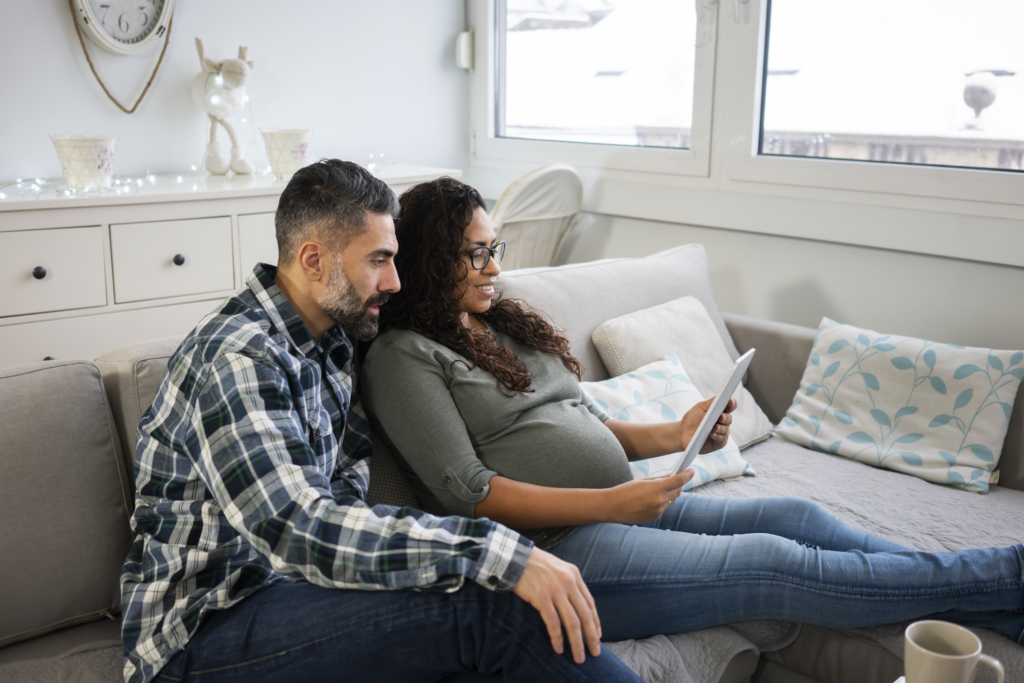As Americans grapple with the economic realities of job and income losses, a new report out from First American Financial Corporation predicts that houses will become unaffordable for many Americans as we move into summer.
The First American Real House Price Index (RHPI), which measures valuation changes for single-family properties throughout the U.S., and is adjusted for the impact of income and interest rate changes on consumer house-buying power over time, also serves as a measure of housing affordability.
While the April report painted a positive picture for entry-level buyers, with real house prices declining 9.7%, median household income rising 7.1%, and consumer house-buying power increasing 18.7% over last year, it’s a reflection of distorted household income data provided by the U.S. Bureau of Labor Statistics, according to First American.
“The RHPI this month reflects a steep increase in wages in April, which is not an accurate portrayal of how the pandemic has impacted income levels across the country,” said First American Chief Economist Mark Fleming in the report. “The Labor Department reported that average hourly earnings in the private sector were up 8% in April compared with one year ago. The pandemic-driven economic crisis has hit low-wage workers hardest. … When the lowest earners get laid off, they’re removed from the data that the government uses to calculate earnings, causing average hourly earnings to increase.”
While the April report does not reflect actual household income levels in April, it does provide perspective on how the drivers of the RHPI impact affordability. And while historically low interest rates have helped keep the ship steady, they may not be enough to counter rising home prices and declining household income growth.
According to Fleming, the May Employment Situation Summary points to a decline in average hourly wages, likely resulting in falling average household income. “If household income growth slows and house prices continue to rise, even today’s record-low mortgage rates may not keep affordability from declining,” he said.
Prior to the pandemic, housing affordability was improving as rising household income helped counter price increases by boosting house-buying power. But now that summer is here, it appears that the delicate balance between income, interest rates and house prices is out of whack.
“Our research has also found that in past recessions, house prices show their ‘downside stickiness,’ meaning they remain flat or their growth slows during economic downturns, but often do not decline much,” Fleming said. “Because of this, in the near term, we anticipate nominal house price appreciation to accelerate this summer.”
First American is forecasting a 7.9% year-over-year price appreciation in May, up from 7.1% in April.
“Consensus among expert forecasts expect the 30-year, fixed-rate mortgage will average around 3.2% for the remainder of the year — good news for potential home buyers,” said Fleming. “However, our preliminary nominal house price index for the month of May indicates increasing house price appreciation, as pent-up demand from a spring homebuying season frozen by pandemic-related stay-at-home orders melts into the summer and is met with near record-low inventory.”

